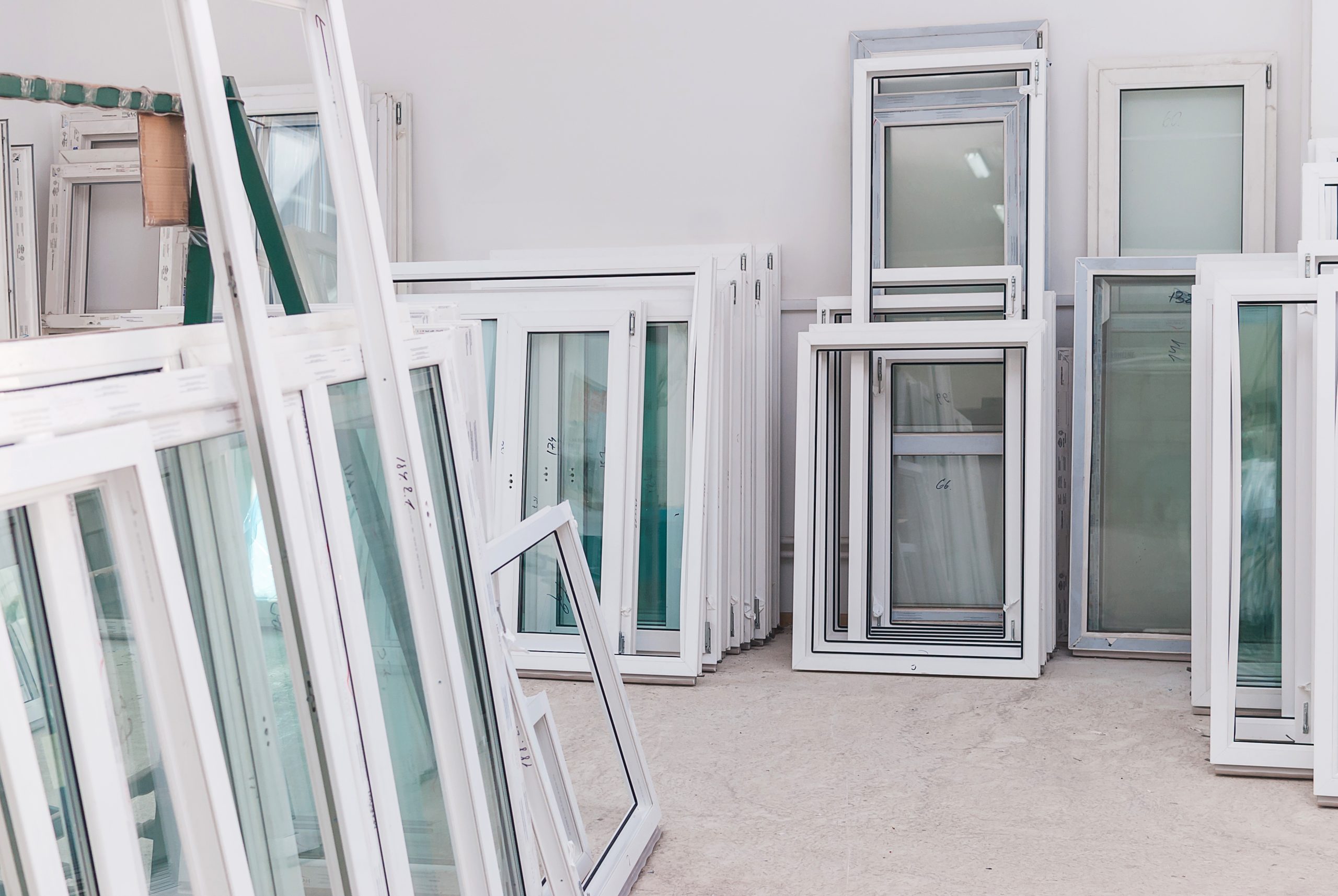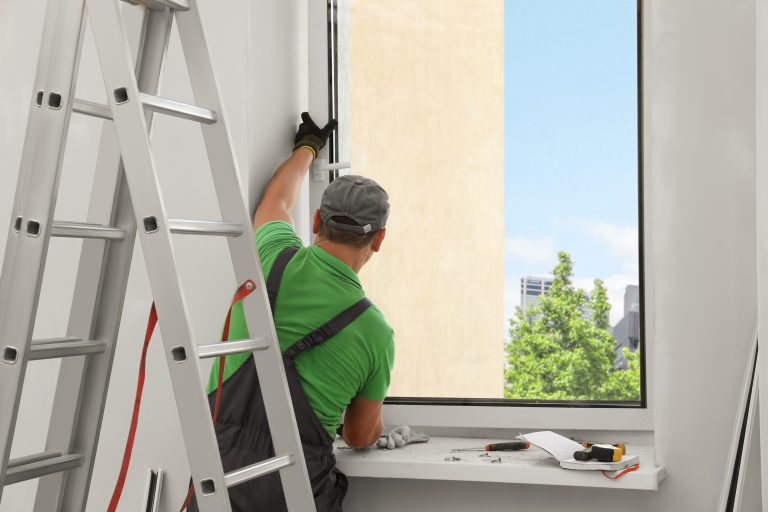Energy-efficient windows have become a cornerstone in contemporary residential architecture, addressing the growing concerns for environmental conservation and energy savings. These windows significantly reduce energy consumption, leading to lower utility bills and a smaller carbon footprint. They achieve this by utilizing advanced technologies and materials that enhance insulation and minimize thermal transfer. This guide delves into the array of materials available for energy-efficient windows, from traditional options like wood to innovative choices like low-emissivity glass, and discusses their benefits and applications. By providing a detailed examination of these materials, the guide aims to equip you with the knowledge necessary to make an informed decision that aligns with your home design requirements and energy-saving goals.
Understanding The Basics Of Energy-Efficient Windows
Energy-efficient windows are a critical barrier against unwanted heat loss or gain in a home. By employing advanced insulation techniques, these windows help maintain a consistent indoor temperature, reducing the heating and cooling system workload. This efficiency translates into noticeable savings on energy bills and a significant reduction in greenhouse gas emissions. Additionally, these windows contribute to enhanced indoor comfort, mitigating issues like drafts and hot spots and reducing noise from the outside environment.
The Role Of Window Frames In Energy Efficiency
Window frames are more than just structural elements; they are integral to the overall thermal performance of a window. When considering window replacement Madison WI, you must understand that different materials used in frame construction come with distinct thermal properties. Wood, with its natural insulative qualities, provides excellent thermal resistance. Fiberglass, known for its robustness, offers a great balance of durability and insulation. Vinyl, a cost-effective option, provides good thermal insulation with minimal upkeep. Aluminum, though less insulative naturally, is often treated or designed to enhance its energy efficiency, making it a viable option for modern construction.

Wooden Frames: Classic Aesthetics, Natural Insulation
Wooden window frames have stood the test of time, offering a combination of natural beauty and effective insulation. Their classic look makes them preferred for traditional and historical home designs. However, wood frames do require regular maintenance, such as painting and sealing, to protect them from elements like moisture and sunlight. Despite this, their natural, insulative properties and timeless aesthetics continue to make them a favored choice in various architectural styles.
Vinyl Frames: Cost-Effective And Low Maintenance
Vinyl window frames are popular for those seeking a balance between performance and affordability. These frames are made from PVC, which provides excellent thermal insulation. The material’s resistance to moisture and decay and its minimal maintenance requirements—no need for painting or sealing—make it a practical option for many homeowners. Additionally, vinyl frames are available in various styles and colors, allowing for versatility in design choices.
Fiberglass Frames: Durability Meets Efficiency
Fiberglass frames offer an outstanding combination of durability and energy efficiency. They are constructed from glass fibers and resin, known for their strength and resistance to warping, swelling, and shrinking. This stability ensures the frame maintains its shape and effectiveness over time, even in harsh weather conditions. Additionally, fiberglass frames offer superior thermal insulation, contributing to the window’s overall energy efficiency.
Aluminum Frames: Modern And Lightweight
Aluminum frames are popular in contemporary architecture due to their sleek, modern look and structural strength. Although aluminum is a conductor of heat, recent advancements in thermal breaks and insulation techniques have significantly improved its energy efficiency. These frames are particularly suited for large, custom-designed windows, where strength and minimal frame width are desired.
Innovations In Glass Technology Enhancing Energy Efficiency
The choice of glass is pivotal in determining the energy efficiency of a window. Innovations like double-glazing, low-E coatings, and inert gas fills have revolutionized window technology, offering improved insulation and reduced energy transfer.
Double-Glazed Windows: A Barrier Against Energy Loss
Double-glazed windows consist of two glass panes separated by a sealed space, often filled with an inert gas. This design drastically reduces the transfer of heat and cold, providing a robust barrier against energy loss. The gas fill, typically argon or krypton, further enhances this insulative property. Double glazing not only improves energy efficiency but also contributes to noise reduction.
Low-Emissivity (Low-E) Coatings: Reflecting Heat, Maintaining Light
Low-E coatings are microscopically thin layers applied to glass that reflect infrared heat while allowing visible light to pass through. In winter, these coatings help keep heat inside the home; in summer, they reflect exterior heat, keeping the house cooler. The result is a significant reduction in energy costs without sacrificing natural light.
Gas Fills: Argon And Krypton Enhancements
Using inert gases like argon and krypton in the space between double-glazed window panes further enhances their insulative properties. Being denser than air, they offer superior insulation and effectively minimize heat transfer through the window.
Customizing Your Windows For Maximum Efficiency
Customization plays a crucial role in optimizing the energy efficiency of windows. In regions where weather conditions vary, selecting the right size, shape, and orientation of windows can significantly impact a home’s energy performance. Properly customized windows cater to aesthetic preferences and enhance energy savings and comfort.
Window Orientation: Harnessing Natural Light And Heat
The orientation of windows can be strategically used to maximize the benefits of natural light and heat. For instance, in colder climates, south-facing windows can capture more sunlight during winter, reducing reliance on artificial heating. Properly oriented windows can minimize overheating during summer, contributing to more efficient cooling.
The Importance Of Professional Installation
The energy efficiency of windows heavily depends on proper installation. Incorrectly installed windows can lead to air leaks, drafts, and heat loss, undermining the performance of even the most advanced window technologies. Professional installation ensures windows are correctly sealed and fitted, optimizing their energy efficiency and functionality.
Choosing The Right Energy-Efficient Window For Your Home
Selecting the appropriate energy-efficient window involves carefully considering various factors, including the architectural style of your home, the local climate, and your budget. It’s essential to weigh aesthetic preferences against practical considerations like energy savings and maintenance requirements to choose the best window for your needs. With the right selection, energy-efficient windows can significantly enhance your home’s comfort and value.
Conclusion
Choosing the right energy-efficient window material is a crucial decision for any homeowner. Whether it’s wood, vinyl, fiberglass, or aluminum, each material offers unique benefits and trade-offs regarding insulation, durability, and aesthetics. By understanding the role of frames, glass technology, and proper installation, you can make an informed choice that suits your home’s style and environmental goals. Remember, the right windows enhance your home’s appearance and contribute to a more sustainable and cost-effective living environment.

